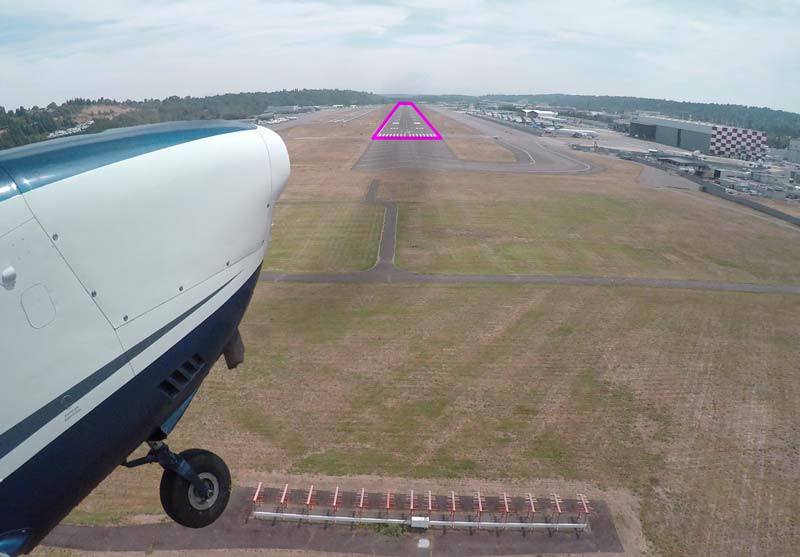Unmanned aerial vehicles (UAVs) represent one of the fastest growing technology fields, both for military and civil applications, having the potential for causing a revolution in logistics, personal mobility, surveillance, security and many other fields. While these platforms have reached a mature state for very specific applications within the military sector, there still exist important barriers for their implementation on a much broader scale within the civil sector. One of the main challenges for introducing UAVs in civil applications (and consequently in a non-segregated aerial space) is the lack of maturity of the UAVs to coexist in the same space with commercial aviation, birds and other flying objects with a high-level of security and safety in the operation. Civil applications also demand a very high level of security and robustness. UAVs come in all shapes and sizes, but certainly the most numerous in the expected market are small, with low size, weight, and power (SWaP: size, weight and power) restrictions on all their embedded subsystems. Aerial systems are extremely sensitive to the latter constraints as they strongly influence their operational capacities. On the other hand, the regulatory constraints are expected to impose strict communication, navigation and surveillance (CNS) requirements on aerial platforms operating in U-space and Urban Air Mobility scenarios to ensure foremost safety.
Machine Learning (ML) presents a set of tools which can readily resolve many of the challenging, high-level autonomous functionalities that are needed for UAVs to operate in a complex environment. Four particular ANN solutions, which are critical technology enablers, are considered for the Robust Autonomous Landing application, for nominal and contingency situations, are as follows: Vision-based navigation for relative runway localization, Vision-based image registration for absolute localization (i.e. matching between aerial image and georeferenced map), Vision-based aerial and ground object detection, and Communication quality analysis technologies
In summary, many AI solutions may be sought to be embedded in robust autonomy landing solutions for low SWaP aircraft to comply with strict regulations. The aeronautical field is particularly sensitive to SWaP requirements, and more so the class of platforms considered. This use case considers the necessary tradeoffs which form part of the considerations made to embed these novel solutions.
BR&T-E, Gradiant, TVES and CARTO investigate the implementation of neuromorphic computing technology on unmanned aerial vehicles to enable robust, autonomous landing manoeuvres.

